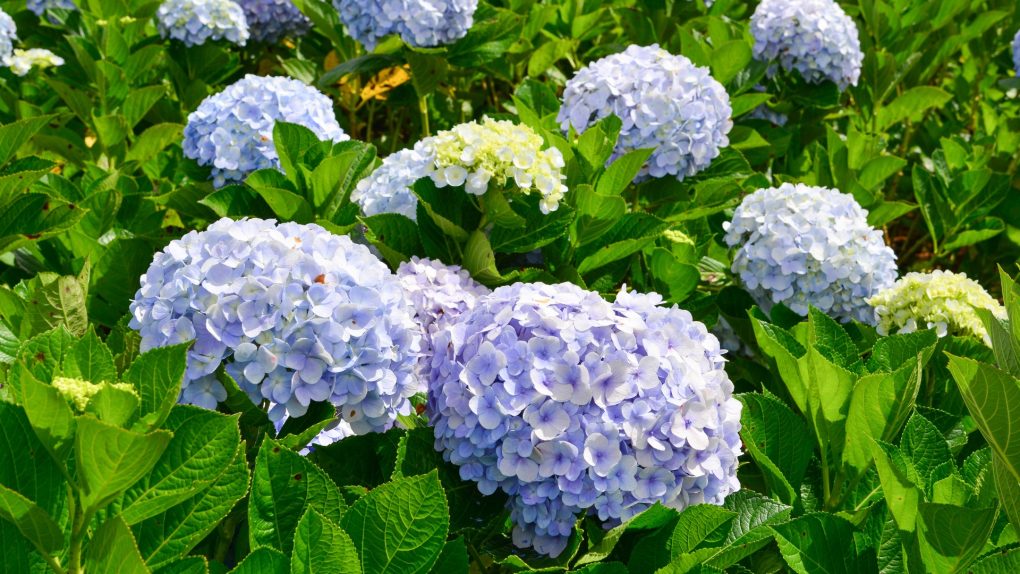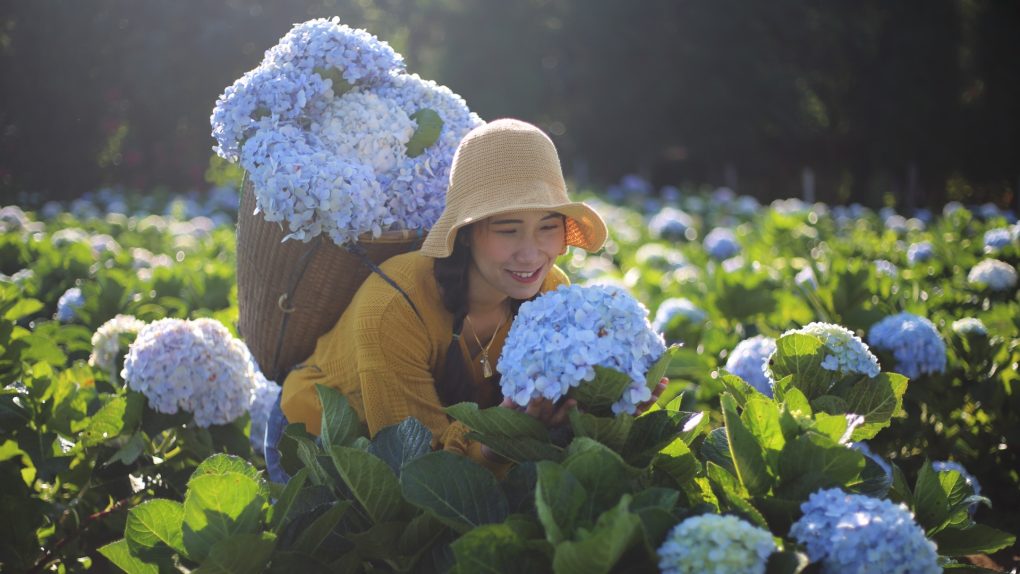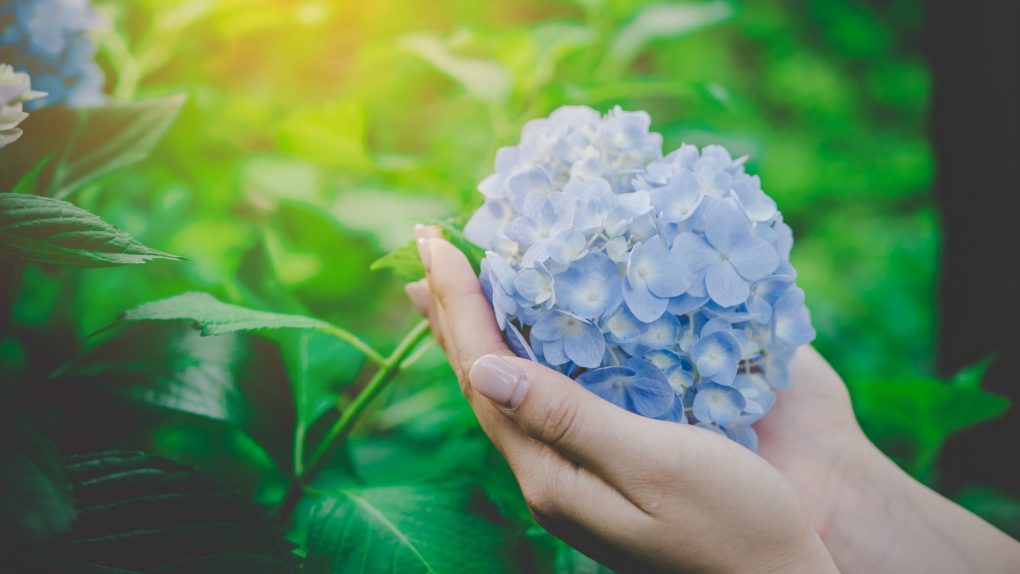Is Hydrangea macrophylla Hardy? A Guide to Its Cold Hardiness
Hydrangea macrophylla is considered hardy in most parts of the world but its hardiness can be variable depending on the cultivar and climate conditions. It thrives in USDA hardiness zones 5-9, which can withstand temperatures as low as -20°F (-29°C).
The plant can be sensitive to sudden temperature changes, particularly during winter. It is advisable to provide some protection, such as mulching, in colder regions to ensure the plant survives the winter season. However, the hardiness of specific cultivars, such as the ‘Endless Summer’ series or the ‘L.A. Dreamin’ hydrangea, may be more robust, allowing them to perform well across a wider range of climates.

Table of Contents
Climate Zones for Hydrangea macrophylla
Hydrangea macrophylla, known for its large, showy blooms, is a popular shrub native to Japan and Korea. Today, it is widely cultivated in various regions across the globe. Understanding the climate zones suitable for Hydrangea macrophylla is crucial for successful cultivation.
USDA Hardiness Zones
Hydrangea macrophylla exhibits hardiness in USDA hardiness zones 6 to 9. These zones encompass temperature ranges from -10°F (-23°C) to 20°F (-6°C). Although some winter damage may occur in zone 6, the plant can still survive.
It’s worth noting that the hardiness of Hydrangea macrophylla can vary depending on the cultivar. Certain cultivars display enhanced cold tolerance. For instance, the ‘Endless Summer’ cultivar is renowned for its ability to bloom on both old and new wood, making it more resistant to frost damage.
To ensure optimal growth, select a location for planting Hydrangea macrophylla that offers protection against strong winds and extreme temperatures. The plant prefers partial shade, particularly in hotter climates, but can withstand more sunlight in colder climates.
Tips: Hydrangea macrophylla is a resilient and versatile shrub that thrives in various climates. You can enjoy its beautiful blooms year after year by providing appropriate care and attention.
Here’s a table summarizing the USDA hardiness zones for Hydrangea macrophylla:
| USDA Hardiness Zone | Temperature Range |
| 6 | -10°F (-23°C) to 20°F (-6°C) |
| 7 | 0°F (-18°C) to 10°F (-12°C) |
| 8 | 10°F (-12°C) to 20°F (-6°C) |
| 9 | 20°F (-6°C) to 30°F (-1°C) |
Note: The table provides a general overview of temperature ranges. Local conditions and microclimates may affect plant survival.
Hydrangea macrophylla
Hydrangea macrophylla, also known as bigleaf hydrangea or French hydrangea, is a deciduous shrub native to Japan. It grows to a height and width of 3-6 feet, but can reach up to 10 feet under optimal conditions. This plant showcases large, showy flowers in shades of pink, blue, white, and purple, influenced by the soil pH. The leaves are dark green and glossy, with a serrated edge.
Cultivars
Numerous cultivars of Hydrangea macrophylla are available, each with unique characteristics. Here are some popular cultivars:
● Endless Summer: Blooms on old and new wood, providing an extended blooming season. Produces pink or blue flowers depending on the soil pH.
● Blushing Bride: Large, pure white flowers gradually turning pink as they age.
● Nikko Blue: Known for its vibrant blue flowers, a popular choice for adding color to landscapes.

When selecting a cultivar, consider factors such as bloom time, flower color, and overall size to ensure it thrives in your specific growing conditions.
Hardiness
Hydrangea macrophylla, commonly known as bigleaf hydrangea, is a deciduous shrub native to Japan. This popular ornamental plant is prized for its large, showy flowers. One common question about this plant is its hardiness.
Factors that Affect Hardiness
The hardiness of Hydrangea macrophylla can vary depending on several factors. The cultivar is one of the most important considerations. Some cultivars are more cold-hardy than others. Generally, cultivars with smaller flowers and thinner stems withstand colder temperatures better than those with larger flowers and thicker stems.

Another significant factor is the location and climate. Hydrangea macrophylla is hardy in USDA zones 6 to 9, withstanding winter temperatures as low as -10 to 0 degrees Fahrenheit (-23 to -18 degrees Celsius). However, additional protection may be necessary in colder climates to ensure winter survival.
Winter Protection
In colder climates, protecting Hydrangea macrophylla from winter damage is crucial. Consider the following measures:
1. Mulching: Cover the plant with mulch to insulate the roots and shield them from freezing temperatures.
2. Wrapping: Wrap the plant in burlap or another breathable fabric to safeguard it from wind and snow damage. Remove the wrapping in spring to prevent moisture buildup and potential rotting.
3. Pruning: Prune the plant in fall to eliminate dead or damaged wood. This helps prevent disease and insect problems while promoting healthy growth in spring.
